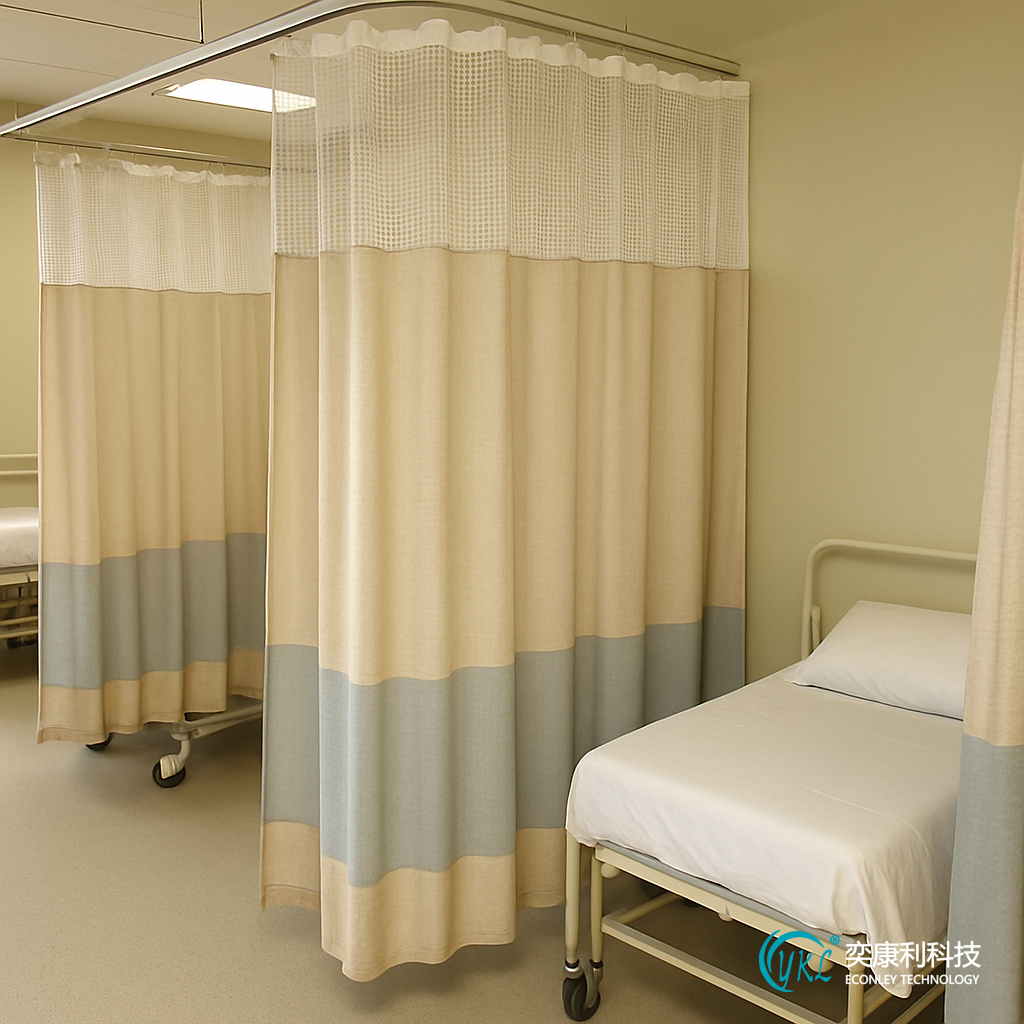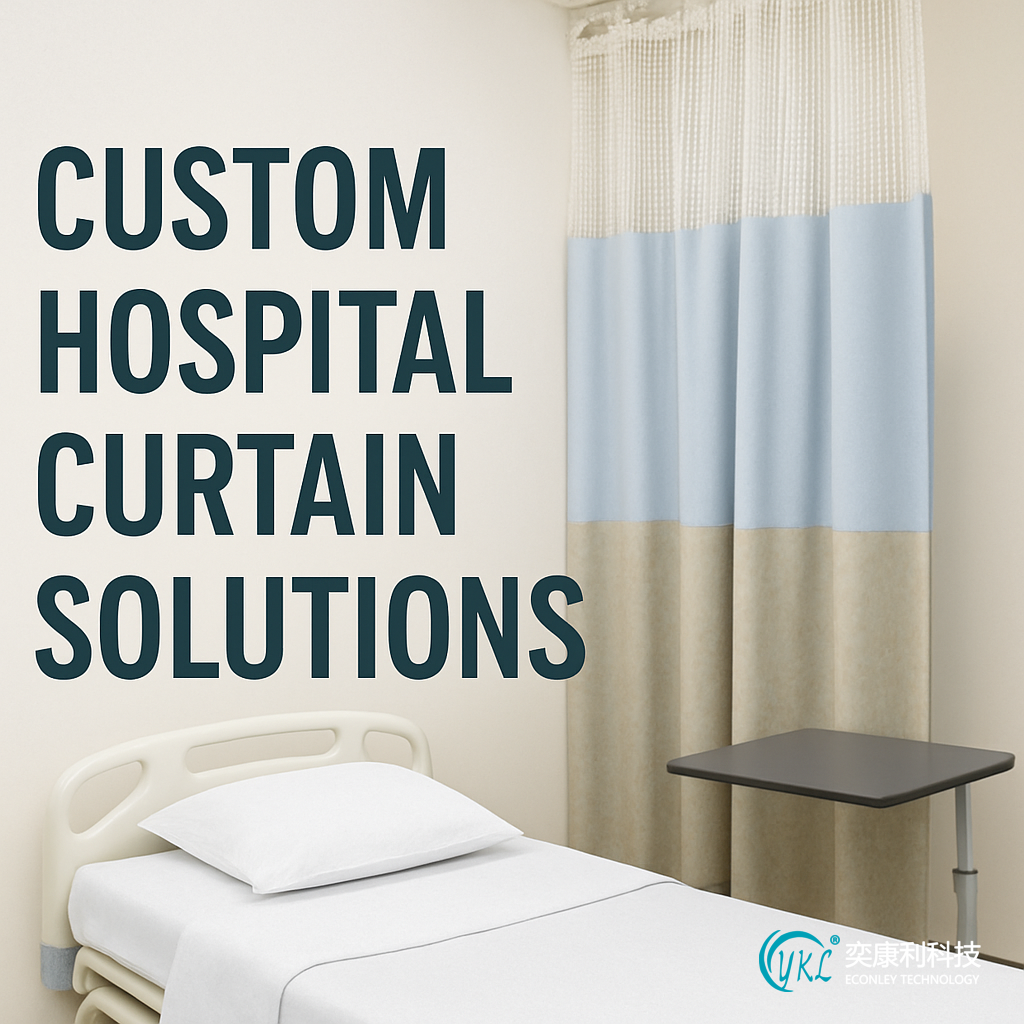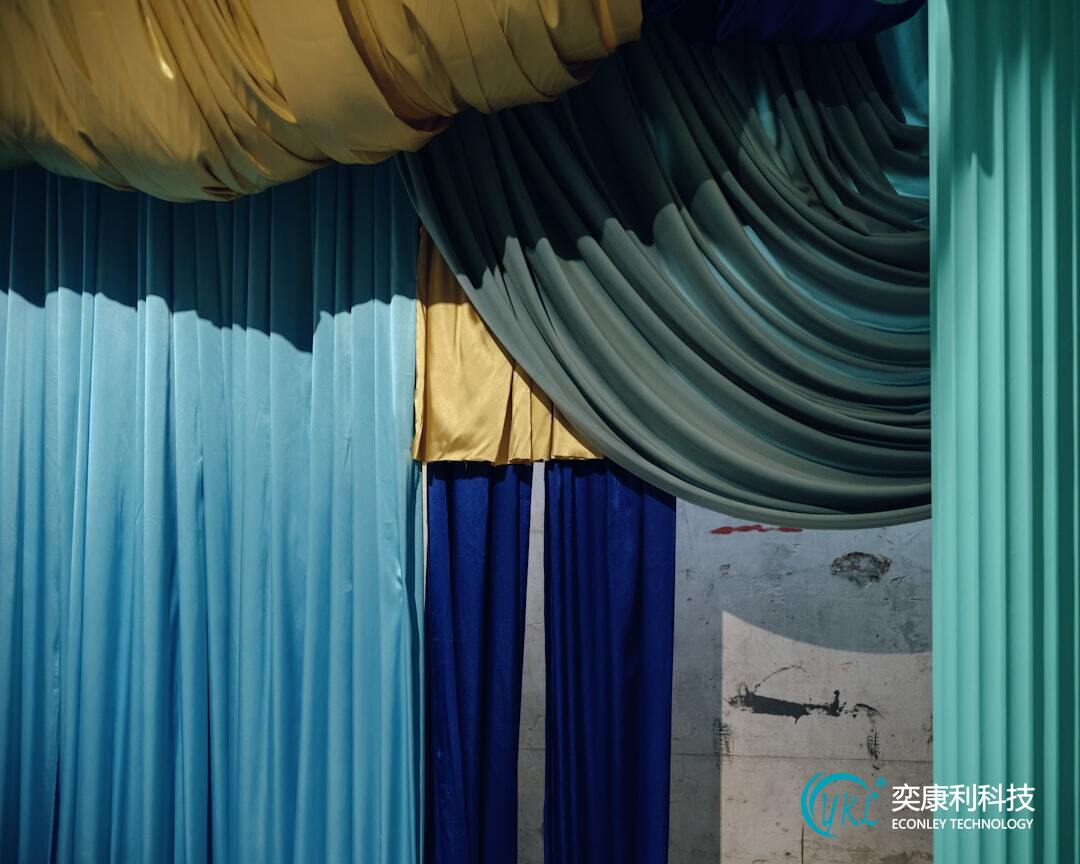 Service Hotline:13510328459
Service Hotline:13510328459
 205-206, 2nd Floor, Building 2, Xiazao Village Industrial Zone, Gaofeng Community, Dalang Street, Longhua District, Shenzhen City
205-206, 2nd Floor, Building 2, Xiazao Village Industrial Zone, Gaofeng Community, Dalang Street, Longhua District, Shenzhen City
 Service Hotline:13510328459
Service Hotline:13510328459
 205-206, 2nd Floor, Building 2, Xiazao Village Industrial Zone, Gaofeng Community, Dalang Street, Longhua District, Shenzhen City
205-206, 2nd Floor, Building 2, Xiazao Village Industrial Zone, Gaofeng Community, Dalang Street, Longhua District, Shenzhen City
Time:2025-10-15 Preview:
In the ever-evolving landscape of healthcare, creating a comfortable and efficient environment for both patients and staff is crucial. One often-overlooked aspect of hospital design and function is the installation of privacy curtains. These essential components not only ensure patient privacy but also contribute to infection control and overall hospital aesthetics. For small hospitals, a turnkey curtain installation service can be a game-changer. Here’s why.
Hospital privacy curtains serve multiple purposes in a medical facility. They are crucial for providing patients with privacy, which is a fundamental aspect of patient care and satisfaction. Beyond privacy, these curtains also play a role in infection control by acting as barriers that can prevent the spread of germs and pathogens.
In a hospital setting, maintaining patient dignity and privacy is essential. Privacy curtains allow patients to feel more comfortable, especially in shared spaces or open wards. They provide a sense of personal space, which can aid in patient recovery and satisfaction.
Hospital-acquired infections (HAIs) are a significant concern for healthcare facilities. Privacy curtains can help minimize the spread of infections by acting as physical barriers. It's essential to choose curtains made from antimicrobial materials and ensure they are cleaned regularly.
While functionality is critical, the appearance of hospital curtains can also impact the overall look and feel of a medical facility. Well-chosen curtains can enhance the aesthetic appeal of patient rooms and contribute to a calming environment conducive to healing.

Opting for a turnkey service for curtain installation in small hospitals offers numerous advantages. This approach simplifies the process and ensures that the facility receives high-quality products and services.
A turnkey service handles every aspect of curtain installation, from the initial consultation to the final inspection. This comprehensive approach removes the burden from hospital staff, allowing them to focus on patient care.
Every hospital is unique, and so are its curtain needs. A turnkey service provides custom solutions tailored to the specific requirements of the facility. This includes selecting the right materials, colors, and designs that align with the hospital’s decor and functional needs.
Turnkey service providers bring professional expertise to the table. They understand the nuances of hospital environments and are equipped to handle challenges such as difficult layouts or specific regulatory requirements. Their experience ensures a seamless installation process.
While a turnkey service might seem like a more significant investment initially, it often proves cost-effective in the long run. The comprehensive service reduces the likelihood of errors and the need for costly rework. Moreover, the quality of materials and installation ensures durability and longevity.

Understanding the steps involved in a turnkey curtain installation can help hospitals make informed decisions. Here’s a breakdown of the typical process:
The process begins with an in-depth consultation where the service provider assesses the hospital’s needs. This includes evaluating the layout, understanding privacy requirements, and discussing aesthetic preferences.
Based on the assessment, the provider offers recommendations on curtain designs and materials. This step ensures that the chosen curtains meet the hospital’s functional and aesthetic needs.
Once the design and materials are finalized, the curtains are custom-fabricated. This guarantees a perfect fit and ensures that the curtains function as intended.
The installation phase is where the turnkey service truly shines. Professional installers handle the entire process, ensuring that the curtains are securely and correctly installed. This minimizes disruption to hospital operations and ensures a high-quality finish.
After installation, a final inspection is conducted to ensure everything meets the hospital’s standards. The service provider then hands over the completed installation, ready for use.

Selecting the right turnkey service provider is crucial for a successful curtain installation. Here are some factors to consider:
Choose a provider with extensive experience in hospital curtain installations. A reputable company will have a track record of successful projects and satisfied clients.
Ensure the provider uses high-quality materials that meet healthcare standards. This includes antimicrobial fabrics and durable hardware that can withstand frequent use and cleaning.
A good service provider offers excellent customer support, from the initial consultation to after-sales service. They should be responsive to queries and provide support in case of any issues with the installation.
Investing in a small hospital curtain installation turnkey service is a wise decision that can enhance patient privacy, improve infection control, and boost the overall aesthetics of the facility. By choosing a comprehensive service, hospitals can ensure a smooth installation process and achieve the best results. In the end, the benefits of a well-installed curtain system extend beyond just function—they contribute to a healing environment that supports both patients and healthcare professionals.
